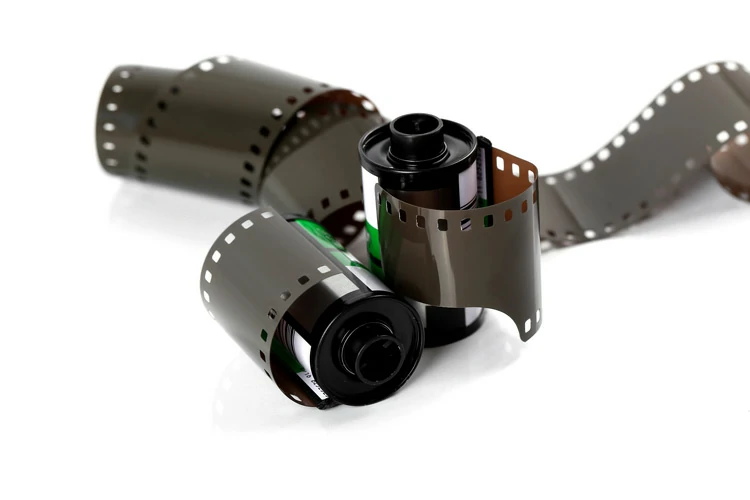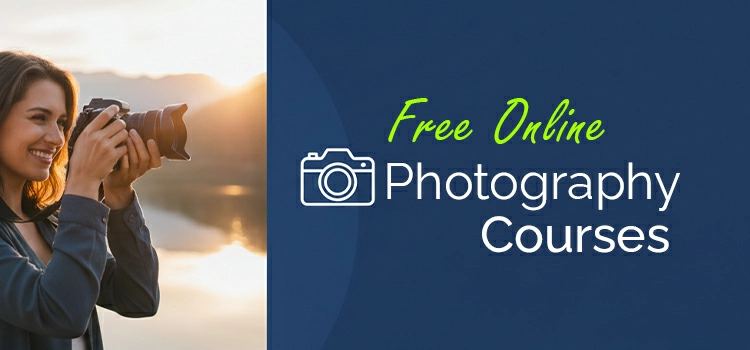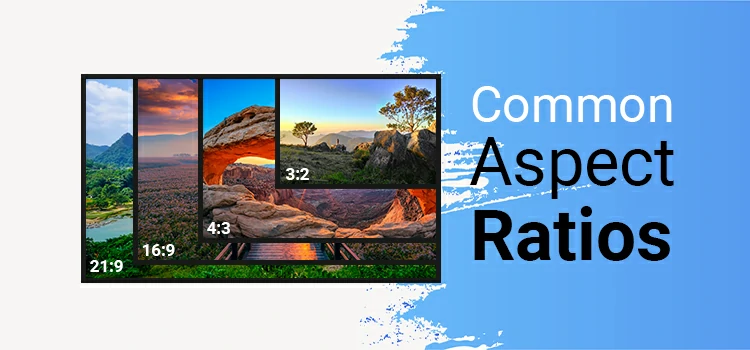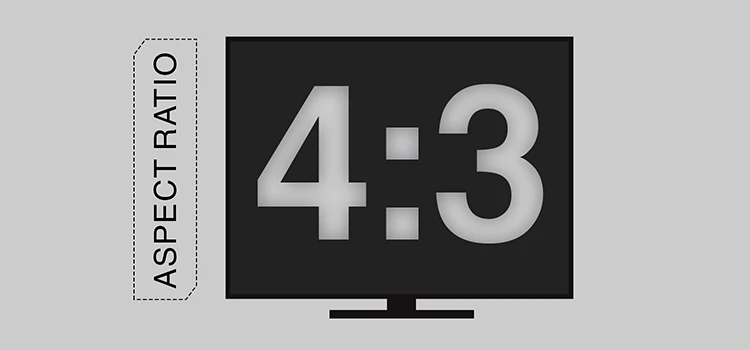Film Photography for Beginners: A Comprehensive Guide

In an era dominated by the digital realm, film photography remains a timeless and captivating medium. It continues to inspire artists, hobbyists, and photography enthusiasts worldwide. The allure of film lies not only in its rich history and the distinct character it imparts to images. It’s also in the tactile, hands-on experience it offers.
If you’re intrigued by the world of film or analog photography, you’ve come to the right place. Let’s start the journey on this remarkable adventure together and unlock the secrets of the film’s enduring magic.
What is Film Photography?

Film or analog photography, often referred to simply as “film photography” or “analog photography”. This is a traditional method of capturing and creating photographs using photosensitive film as the recording medium. It predates the digital era, which is characterized by its use of chemically coated film to record images.
Film photography encompasses various components and steps, including the selection of film types, the use of film cameras, precise exposure control, and a hands-on development and printing process. The resultant images can possess unique aesthetic qualities and are typically tangible.
Despite the digital revolution in photography, film photography endures as a beloved and enduring medium due to its timeless qualities and its captivating, tangible nature. This photographic process predates digital photography and has a rich history dating back to the early 19th century.
A Brief History of Film Photography
The history of film photography is a captivating journey of innovation, artistic expression, and technological advancements. It spans nearly two centuries. From its early beginnings to the present time, film photography has left an indelible mark on the world of visual arts.
Early Experiments (19th Century)
The foundations of film photography were laid in the early 19th century. The concept of the camera obscura, an optical device that projected images onto surfaces, served as a precursor to photography. In the 1820s, Joseph Nicéphore Niépce conducted pioneering experiments.
His 1826 photograph “View from the Window at Le Gras” is one of the world’s first permanent photographs. Louis Daguerre’s invention of the daguerreotype process in the 1830s marked a significant advancement. Daguerreotypes produced detailed, one-of-a-kind positive images on silver-plated copper sheets.
Early Photographic Processes (Mid-19th Century)
In the 1840s, William Henry Fox Talbot introduced the calotype process, which allowed for multiple prints from a single negative. Wet plate collodion photography (1850s-1880s) improved quality and convenience.
Dry plate photography (1870s) further enhanced accessibility and portability by using glass plates coated with a dry gelatin emulsion.
George Eastman and Kodak (Late 19th Century)
In 1888, George Eastman introduced the Kodak camera, a pivotal moment in the history of photography. This camera used roll film and came pre-loaded.
After taking photos, customers sent their cameras to the Kodak company for film development and printing. The phrase “You press the button, we do the rest” exemplified this user-friendly approach.
Early 20th Century
The 20th century saw the advent of color photography. Innovations like Autochrome plates allowed for the creation of color images. The introduction of 35mm film in the 1920s, coupled with the Leica camera, revolutionized photography.
35mm film became a standard format for both amateurs and professionals. Color film and 35mm format gained popularity in the mid-20th century, and Kodachrome film, known for its vibrant colors, became an icon.
Digital Revolution (Late 20th Century)
The late 20th century witnessed the advent of digital photography. Electronic sensors and cameras gradually replaced film. The shift to digital technology transformed the photography landscape.
The 21st century saw the widespread adoption of digital cameras, smartphones, and advanced post-processing techniques.
Film vs Digital Photography

Film and digital photography are two distinct approaches to capturing and creating images, each with its own set of advantages and characteristics. Here’s a comparison of the key differences between film and digital photography:
1. Image Quality
Film Photography:
- Film images often have a unique and timeless quality with grain, texture, and a distinct color palette.
- They are renowned for their ability to capture a broad dynamic range, preserving detail in highlights and shadows.
- Film can produce a softer, more organic look that some photographers find artistically appealing.
Digital Photography:
- Images are typically sharper, with a higher level of detail and clarity.
- Digital cameras can adapt to various lighting conditions more readily and may have better low-light performance.
- Digital images can be adjusted, retouched, and enhanced easily using post-processing software.
2. Immediate Feedback
Film Photography:
- With film, you don’t get immediate feedback. You have to wait for the film to be developed to see the results.
- This element of anticipation can be both exciting and challenging, as it requires patience and a deeper understanding of exposure and technique.
Digital Photography:
- Digital cameras provide instant feedback. You can review, delete, or adjust your photos immediately after taking them.
- The ability to see results in real-time allows for quicker learning and experimentation.
3. Cost and Convenience
Film Photography:
- Film and film processing can be costly. Each exposure represents a tangible expense.
- Carrying multiple rolls of film and the need for darkroom facilities can be less convenient.
Digital Photography:
- Digital cameras have no ongoing film costs, and images can be stored on reusable memory cards.
- The convenience of immediate review, deletion, and the ability to take numerous photos without additional expense a major advantage.
4. Sustainability
Film Photography:
- Film is a physical medium that uses materials and chemicals, which can have environmental implications.
- However, the longevity of film negatives can be considered a sustainable aspect of film photography.
Digital Photography:
- Digital photography is more environmentally friendly in terms of materials and chemicals used in the process.
- The rapid turnover of digital camera technology can lead to electronic waste concerns.
5. Artistic Expression
Film Photography:
- Film photographers often emphasize the artistic, hands-on nature of their craft and the unique aesthetics that film can produce.
- It encourages a slower, more deliberate approach to photography, promoting a deeper connection with the medium.
Digital Photography:
- Digital photography offers versatile tools for post-processing, making it easy to experiment with different styles and effects.
- The immediacy and convenience of digital technology can lead to a faster-paced, more dynamic approach to photography.
6. Archiving and Sharing
Film Photography:
- Film negatives can be archived for long-term preservation, but sharing requires scanning and digitizing.
- Sharing film photos online can involve an extra step in the process.
Digital Photography:
- Photographers can easily share digital images online and across platforms. They are readily accessible and shareable.
Here’s a table summarizing digital vs film photography:
|
Aspect |
Film Photography |
Digital Photography |
| Image Quality | Unique aesthetics with grain, texture, and distinct color palette. Captures broad dynamic range. | Sharper images with higher detail and clarity. Adaptable to various lighting conditions. |
| Immediate Feedback | No immediate feedback; requires waiting for film development. | Immediate review, deletion, and adjustment of photos. |
| Cost and Convenience | Film and processing costs. Carrying multiple rolls can be less convenient. | No ongoing film costs; reusable memory cards. Offers convenience and lower cost per exposure. |
| Sustainability | Uses materials and chemicals; sustainability depends on archival practices. | Environmentally friendly with less material and chemical usage. Concerns about electronic waste. |
| Artistic Expression | Emphasizes the artistic, hands-on nature of the craft. Promotes a deliberate approach. | Offers versatile tools for post-processing and experimentation. Encourages faster-paced photography. |
| Archiving and Sharing | Archiving requires scanning and digitizing. Sharing can involve extra steps. | Easily shared online and across platforms. Readily accessible and shareable. |
Film Photography Benefits
Film photography offers several benefits that continue to attract photographers and artists, even in the age of digital technology. Here are some of the key advantages:
Unique Aesthetics: Film produces images with a distinct, timeless quality. It often features grain, texture, and a color palette that digital cameras cannot replicate. The organic and often imperfect nature of film can be artistically appealing.
Dynamic Range: Film is renowned for its ability to capture a wide dynamic range. This can result in striking images with rich tonal variations.
Tactile Experience: It provides a tactile, hands-on experience. From loading film into the camera to developing and printing in the darkroom, the process encourages a deeper connection with the medium.
Deliberate Approach: Film photography encourages a slower and more deliberate approach to image-making. This methodical approach often leads to a deeper understanding of exposure and composition.
Patience and Anticipation: Waiting for film to be developed introduces an element of anticipation that many photographers find exciting. It fosters patience and an appreciation for the craft.
Environmental Considerations: This photography has minimal environmental impact in terms of materials and chemicals used in the process. While film can create waste, negatives can be archived for long-term preservation.
Artistic Versatility: Film allows for creative experimentation with various types of film (black and white, color, slide film), different formats (35mm, medium format, large format), and alternative printing processes (e.g., cyanotype or platinum palladium).
Archiving and Preservation: Film negatives have a long archival life and can be carefully stored for future generations. This makes film photography an excellent choice for preserving memories and history.
Blending Old and New: Many photographers and artists today embrace both film and digital photography. Film can add a unique dimension to contemporary photography projects.
Types of Photography Film

There are several types of film used in photography, each with its own distinct characteristics:
- Black and White Film: Black and white film is known for its classic and timeless look. It emphasizes contrast, texture, and tonal variations in shades of gray. Besides, it offers a wide dynamic range, making it suitable for artistic and documentary photography.
- Color Film: Color film captures the world in vibrant hues and is ideal for portraying the richness of life in full color. It comes in various formats, including 35mm and medium format, and is versatile for a wide range of photographic subjects.
- Slide Film (Positive Film): Slide film, also known as positive film, produces transparencies or slides that can be viewed directly when backlit. It’s familiar for its vivid colors and sharpness.
- Infrared Film: Infrared film is sensitive to infrared light, allowing it to capture unique and surreal images with ethereal, otherworldly qualities. It’s often used for landscape and artistic photography.
- Instant Film: Instant film, as seen in Polaroid and Fujifilm Instax cameras, provides immediate prints that develop within minutes. It’s favored for its nostalgic and fun qualities, perfect for quick snapshots.
- Specialty Films: There are various specialty films, such as high-speed film for low-light conditions, low ISO film for fine-grained images, and orthochromatic film for specific aesthetic effects. These films cater to specific needs and creative preferences.
- Cine Film (Motion Picture Film): Cine film is used for shooting movies and motion pictures. It’s distinct from still photography film and comes in various formats for professional filmmakers and hobbyists.
Suggested Article-
Different Film Formats

Film formats in photography refer to the physical size and shape of the photographic film used in cameras. Each format has distinct characteristics that affect image quality and the types of cameras that can use them. Here are descriptions of different film formats:
35mm Film (135 Format)
- 35mm film is one of the most common and widely recognized film formats.
- It measures 35mm in width and comes in rolls with perforations on the edges.
- 35mm is versatile and you can use it in both compact point-and-shoot cameras, SLRs, and rangefinders.
Medium Format Film (120 and 220 Format)
- Medium format film is larger than 35mm and comes in two primary sizes, 120 and 220.
- 120 film typically produces 12 or 16 exposures, while 220 produces twice as many (24 or 32 exposures) with no backing paper.
- Medium format cameras offer higher image quality, with more detail and better tonal range.
Large Format Film (4×5, 5×7, 8×10, etc.)
- Large format film is significantly larger, with sizes such as 4×5, 5×7, and 8×10 inches, or even larger.
- This format is typically used in large format view cameras, which allow for precise control over perspective and depth of field.
- Large format film produces extremely high-resolution images with fine detail.
- It is popular among landscape and architectural photographers, as well as artists seeking unparalleled image quality.
Instant Film (Polaroid and Instax)
- Instant film is unique in that it produces prints immediately after exposure.
- Comes in various sizes, including the classic 3.5×4.25-inch format and the smaller credit-card-sized prints.
- It is most commonly associated with Polaroid and Fujifilm Instax cameras.
Sheet Film
- Sheet film comes in individual sheets, typically 4×5 inches or larger, for use in large format cameras.
- Each sheet is loaded and exposed individually, making it a meticulous and deliberate process.
- Sheet film is often chosen for its unparalleled image quality and control.
Subminiature Film (e.g., 16mm)
- Subminiature film formats are smaller and less common, designed for compact cameras.
- Formats like 16mm and 110 were used in small, pocket-sized cameras for casual photography.
General Tips for Film Photography
Here are some general tips to help you make the most of your film photography experience:
Learn the Basics: Understand the fundamental principles of photography, including exposure (aperture, shutter speed, and ISO), composition, and focus.
Choose the Right Film: Select the film type that suits your creative vision. Black and white, color, and slide films each offer unique aesthetics and characteristics.
Master Exposure: Accurate exposure is crucial. Use a light meter or your camera’s built-in meter to determine proper settings. Bracketing exposures can help when in doubt.
Composition Matters: Pay attention to composition, framing, and the rule of thirds. Consider the elements in your frame to create visually compelling images.
Focus Carefully: Manual focusing is often required with film cameras. Take your time to ensure subjects are sharp and well-defined.
Keep an Eye on Lighting: Pay attention to the quality and direction of light. Golden hours (early morning and late afternoon) can provide beautiful natural light.
Understand Film Speed (ISO/ASA): Choose the film speed (ISO/ASA) based on the available light and your desired effect. Higher ISO is more sensitive but may produce grainier results.
Record Settings: Keep a photography journal to record settings, locations, and any special notes about your shots. This can help with learning and troubleshooting.
Take Notes on Frames: If shooting with manual film cameras, consider taking notes on each frame’s settings to learn from your results.
Experiment and Have Fun: Film photography allows for creative experimentation. Try different films, shooting techniques, and alternative printing methods to find your unique style.
Preserve Your Negatives: Properly store and archive your negatives to ensure they stand the test of time.
Join a Photography Community: Connect with other film photographers to share experiences, get advice, and learn from their knowledge.
Troubleshooting and Common Issues
Film photography, while rewarding and artistic, can come with its own set of challenges. Here are some of the typical problems in film photography, along with the solutions:
1. Exposure Issue: Overexposed or underexposed images can result from incorrect settings.
Solution: Use a light meter, bracket exposures, and practice accurate metering to achieve proper exposure.
2. Focusing Problems: Out-of-focus images are often due to inaccurate manual focusing.
Solution: Focus carefully using the camera’s focusing aids, such as split-prism or microprism screens. Use a tripod for critical focus.
3. Composition Challenges: Poor composition can result in uninteresting or cluttered photographs.
Solution: Study the principles of composition, such as the rule of thirds and leading lines, and take time to frame your shots thoughtfully.
4. Film Defects: Film can suffer from defects like scratches, light leaks, or fogging.
Solution: Handle film with care, store it properly, and inspect the camera for light leaks. Be cautious when loading and unloading film.
To Conclude
As you venture into the world of film or analog photography to refine your skills, remember that each roll of film is an opportunity for creative expression and personal growth. Learn the process, gather experiences, and relish the tactile and aesthetic qualities.
So, what now? Load your camera, set your exposure, and let the world of film photography unveil its unique magic, one frame at a time.
Frequently Asked Questions
Is film photography more challenging than digital photography?
Film photography can be perceived as more challenging due to the need for accurate exposure, manual focusing, and limited exposures per roll.
How can I choose the right film for my photography project?
The choice of film depends on your artistic vision and the desired effect. Black and white film is known for classic and timeless results, while color film provides vibrant hues. Slide film offers vivid colors, and each type has its own unique characteristics.
What are some famous film photography books?
“The Americans” by Robert Frank, and “On Photography” by Susan Sontag.
What is the difference between 35mm and medium format film?
35mm film is smaller and more common, while medium format film is larger and offers higher image quality with more detail.
What are some common film photography problems, and how can I address them?
Common issues include exposure problems, focusing challenges, and film defects (scratches, light leaks). To address these, learn accurate metering, practice manual focusing, and handle film with care. Regularly inspect your camera for light leaks.
How should I store my film negatives for long-term preservation?
To preserve film negatives, store them in a cool, dry place, away from direct sunlight and temperature extremes. Archival sleeves or boxes can protect them from damage and deterioration.
What is the cost comparison between film and digital photography?
Film photography involves costs for film rolls and development. Digital photography has lower immediate costs, but equipment and software costs may be higher.







